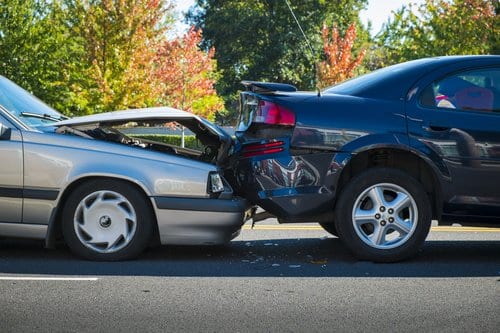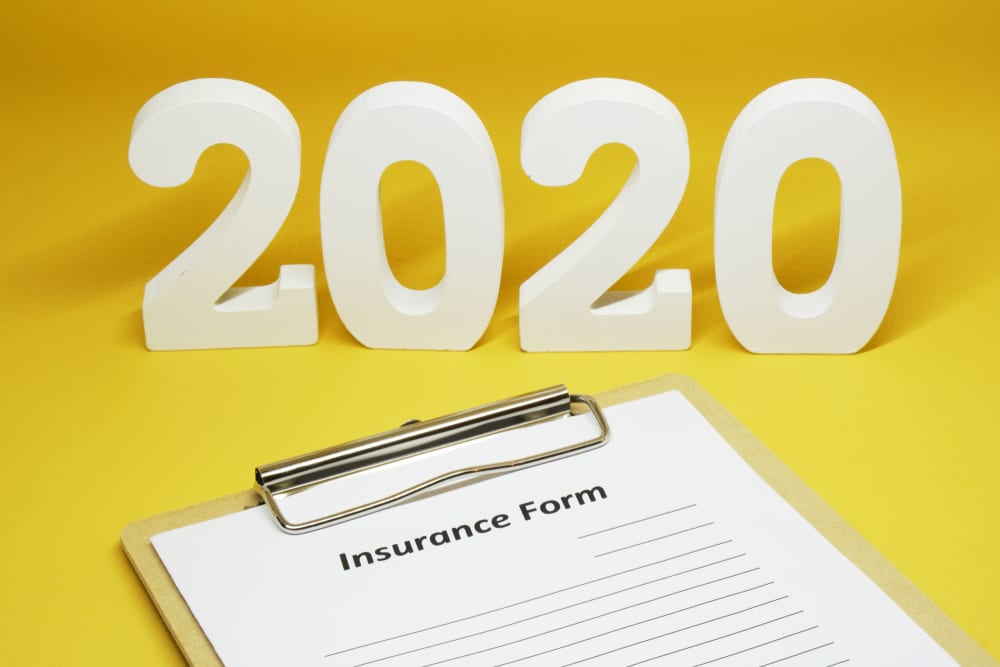The Civil Litigation & Pre-Litigation Process Explained | What is Involved and How Long Will it Take


As an attorney, one of the first questions that I often receive when speaking with new clients is a simple question, and a not so simple answer. The question is, “How long is all this going to take?”
The short answer that many of us often like to give is “I can’t tell you exactly,” but the longer, and much more complicated answer is to explain the litigation (and pre-litigation) process itself, which I roughly divide into about 5 main sections, the pre-litigation section, followed by the litigation. To explain this, I will be assuming that we are discussing a personal injury claim in Michigan, although the process is also similar for other types of claims and in other states.
The “Pre-Litigation” Process
Before a suit is filed, we, as attorneys, have to know whether or not a case even exists. We have to know what happened, how it happened, and if and to what extent injury has occurred. We will want to get medical records, police reports and numerous other types of documentation. The pre-litigation process involves all aspects of gathering information and submitting in to the entity from which we seek recovery, typically an insurance company. This process can be as short as a few weeks or months if the injury happened a long time ago, but if treatment is ongoing, coverage is in question, or there are other complex issues the process can take as long as a year or even more.
Many people wonder why someone would even go through this “pre-litigation” process at all given the amount of time it takes when, in some cases, you could theoretically jump straight into the litigation process. The answer is that in many cases the pre-litigation process allows some or even all of the issues to be resolved. If bills can be paid and compensation for injuries made during this process, you may even be able to avoid all the costs associated with litigation altogether.
However, the simple fact is that insurance companies and at fault parties won’t always be willing to compensate you fully for all your injuries with the necessity of filing a lawsuit. In this case, we move into the litigation process.
Litigation Part 1 – The Pleadings
With litigation, the first step is knowing what the case is about. The documents that tell the parties what the case is about are the “pleadings.” Pleadings consist of filing a complaint, receiving an answer to the complaint, affirmative defense, and any counter or cross-complaints along with any answers or defense asserted to those complaints. What does all this mean to the client? It means your lawyer will be filing paperwork with the court, and in most instances the client won’t have to do much of anything here. In most cases this process only takes a couple months. Once the pleadings are in, the next stage is known as “Discovery.”
Litigation Part 2 – Discovery
Discovery, put simply, is where the parties exchange information. During this part of the phase medical records are obtained, medical bills are gathered, depositions (which are statements under oath in front of a court reporter) are taken, and written requests for information are exchanged. This is a complex process that can involve other parties as well. For expel, government or and medical provider records may be obtained, records regarding pre-existing conditions, records relating to work history or even residency may be obtained dating back potentially years before the incident alleged in the complaint. Because of the depth and scope of this process, it can take a long time, sometimes even in excess of a year or even in excess of two years in larger cases. The courts themselves usually set a scheduling order indicating how long the process will take, but this order can sometimes be changed by the parties as well. Once the parties have had an opportunity through the discovery process to obtain information, typically the parties undergo something called the alternative dispute resolution process.
Litigation Part 3 – Alternative Dispute Resolution
Alternative dispute resolution can take many forms, but the idea here providing an opportunity to resolve the case short of trial. This can be in the form of a mediation, arbitration, case evaluation, settlement conference, or even an arbitration in some cases. While each of these are different, the goal is the same, try to settle the case. There are entire books devoted to this topic, but this typically this takes the form a meeting over a single day, or sometimes a few days, and typically occurs after discovery is over so that both parties have all the facts, they need to argue their side of the case. If all forms of alternative dispute resolution fail, the next step is the trial.
Litigation Part 4 – Trial
When all else fails, the final step is the trial. The trial process will require the participation of the client and is also very expensive. Trial involves getting every witness necessary on the stand. This may be the client themselves, and may include insurance representatives, medical doctors, physical therapists, family member, and friends. Both sides are allowed to call witnesses. Attorneys get to ask each witness questions, opening and closing remarks are made, and motions are sometimes made. Again, numerous books have been devoted to this concept, but in general, a trial can last anywhere from a single day to as long as several weeks or months. Finally, at the end of the trial a verdict is typically rendered in favor of either the Plaintiff or Defendant.
Conclusion
All in all, there is a lot involved from pre-litigation and litigation process, but at the end of the day your attorney will do most of the work. Additionally, the process can take a long time, sometimes years. But as stated above, sometimes issues can be worked out quickly and the case settled in a matter of months, which can also avoid large expenses. As such, the short answer to the above questions is that a whole lot could be involved, and it could take years, but with pre-litigation, early settlements, and alternative dispute resolution, most cases will be resolved long before trial.
When you need someone you can trust to represent you, contact the Law Offices of Joumana Kayrouz today at 248-557-3645.
By John Schroder,ESQ
519




